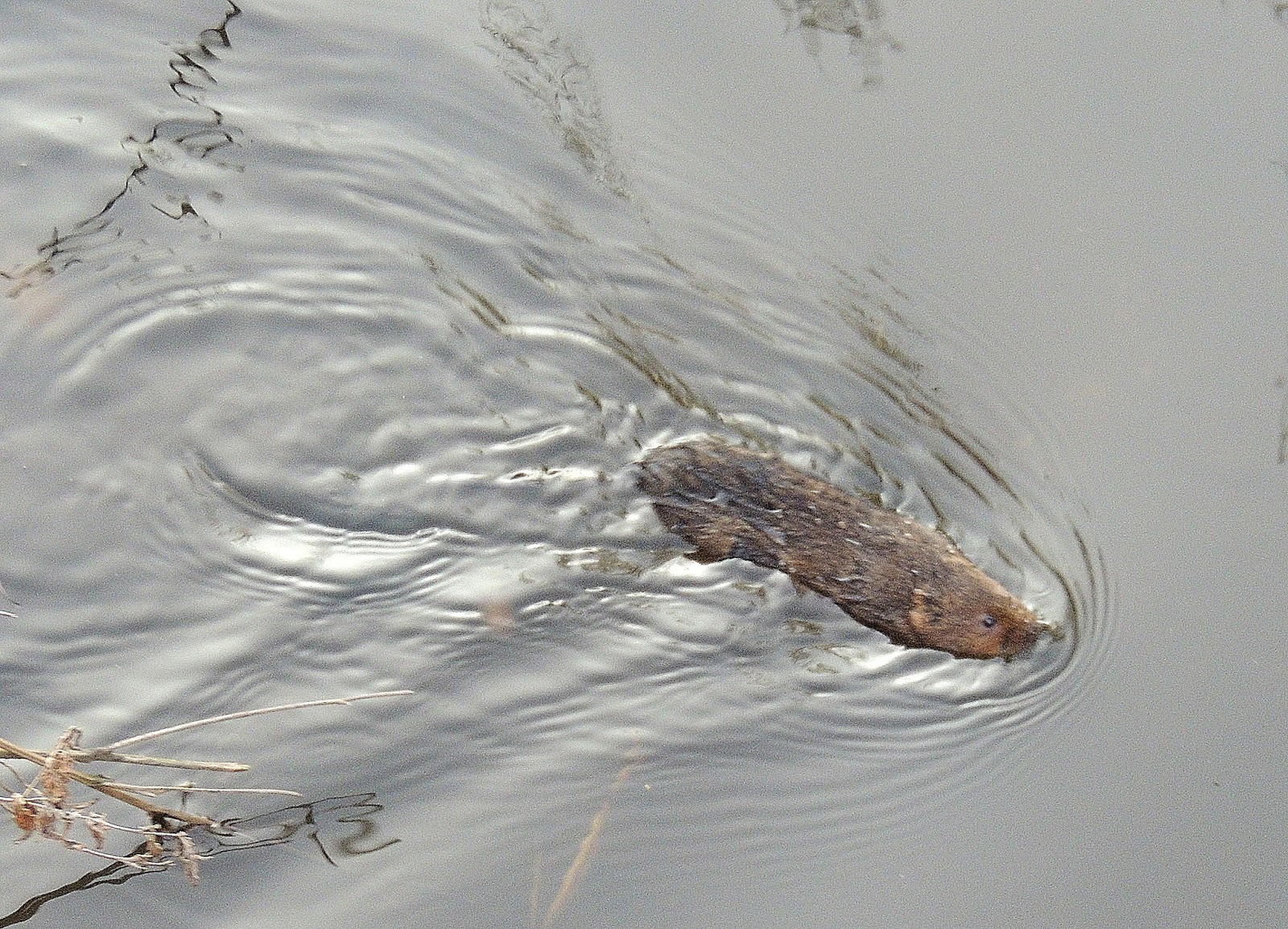I was dismayed yesterday by the media reporting of how water voles have been saved from the effects of dredging and heavy machinery.
http://www.bbc.co.uk/news/uk-england-somerset-32127454 If there was a story here at all, it was, 'Look, we
can dredge rivers whilst still protecting critically endangered species. Good for the EA.' But that wasn't the way the media spun it.
Instead, the whole thrust of the story became 'This is what tax-payers' money's being spent on. Be outraged! Be spitting-mad!' The Jeremy Vine show devoted part of its phone-in to covering the issue, but sadly took the same line.
First up, and getting the biggest chunk of air time, was an excited journalist who clearly felt he'd broken some big scandal. The problem was, neither he nor the presenter had the environmental background to interpret what he'd found.
Water voles as a species are in major trouble. Since the 70s, their numbers have declined at somewhere between 95-98%. We've driven them to the absolute brink of survival, and as a consequence they and their habitat are now protected by strict laws. That's where we stand at the beginning of this debate.
Meanwhile, vast amounts of environmental work are done on a shoestring, and much through volunteer work. But some tasks need to be carried out by trained experts with licences. For all my thousands of hours in the field, I'm not allowed to trap or handle water voles. You need specific qualifications to do that. Live-trapping by necessity is labour-intensive - you have to walk to remote sites, often several times a day - and the process has to carry on for a while to make sure you've caught all the animals. Jeremy Vine was talking as if there might be some other quick, cheap method which the EA were deliberately not using, but there just isn't.
The cost of saving these voles looks high if you divide it by the number of animals saved in this session, but it's an artificial construct. What the EA have done is save a colony, therefore saving those animals' offspring (four litters per year, about five pups per litter, so more like 500 voles by the time you've finished the summer, and then there's the offspring's offspring to add to that as well). And they've also potentially saved the colonies on either side of this one by preventing them becoming isolated and therefore vulnerable to genetic weakness and disease. In practical terms, thousands and thousands of voles have ultimately been saved by this action.
Then we had some anecdotal evidence:"This farmer reckons". This Farmer Reckoned nothing needed to be done in the first place because the water voles would just 'shift themselves out of the way, and then come back after the dredging was finished'. It's a remote possibility, yes, if the voles had somewhere else suitable to go immediately adjacent, and if they weren't in the meantime squashed or suffocated by machinery as they hid in their burrows. But once the banks are stripped of vegetation, the animals are left with no cover and no food. They're then highly vulnerable to predation. Radical intervention or management of the banks can easily wipe a colony out. We know this.
At one point a woman rang in to say 'her cat caught hundreds of voles' and what was anyone going to do about that? Again, the implication was that the EA were being stupid to try and protect the Somerset colony. However, what no one on the show asked was whether these were water voles. If the cat was catching them "by the hundreds", then they wouldn't have been water voles. Cats catch field voles in the main, which are not at all threatened and are one of the UK's commonest mammal.
I know from personal experience how easy it is for a colony to disappear within days. The beautiful photos Richard Steel took at Acton turned out to be the last moments of a busy population which, two years ago, Cheshire Wildlife Trust counted as one of their strongest populations. We're not sure what made it crash. We only know that one day, the canal banks were deserted.
There's so much pressure on water voles - building development, mink, cats, water pollution, cattle mashing the banks, agri-chemicals. It's our fault this once common animal's now clinging to survival. Either we try and redress the damage we've done properly, or we don't. And if we don't, we lose a landmark species forever.

















.png)




























